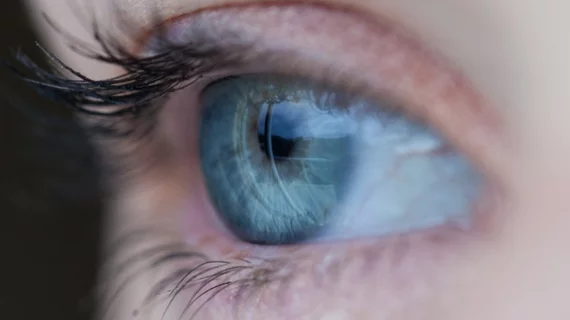NIH multimodal retina imaging could help detect diseases earlier
Researchers from the National Institutes of Health (NIH)’s National Eye Institute (NEI) have developed a new multimodal imaging technique that allows for direct imaging of the eye’s retina. The technology, which combines two imaging modalities—adaptive optics and angiography—could lead to earlier detection of diseases affecting eye tissue, according to research published Nov. 14 in Communications Biology.
The technology can produce images of live neurons, epithelial cells and blood vessels in the retina. It also bypasses the issue typically faced by noninvasive imaging retinal tissues which is usually impeded by distortions to light as it passes through the cornea, lens and the center of the eye, according to the release.
“For studying diseases, there’s no substitute for watching live cells interact. However, conventional technologies are limited in their ability to show such detail,” lead author of the study, Johnny Tam, PhD, Stadtman Investigator in the Clinical and Translational Imaging Unit at NEI, said in a prepared statement.
Tam and colleagues combined adaptive optics with indocyanine green angiography, an imaging technique used in eye clinics that utilizes injectable dyes and cameras to show vessel structures and fluid movement in the eye. With 23 study participants, the researchers were able to see, with the imaging technique a unit of cells and tissues that interact in the outermost region of the retina—which included photoreceptors, retinal pigment epithelial cells and surrounding choriocapillaris.
To determine its ability to detect diseases, the researchers tested the technique on a patient with retinitis pigmentosa, a neurodegenerative disease of the retina, and discovered retinal pigment epithelium (RPE) cells—responsible for bringing nutrients and oxygen to the photoreceptor cells—and blood vessels in areas of the retina where photoreceptors had died, according to the release.
“In the past, we have not been able to reliably assess the status of photoreceptors alongside RPE cells and choriocapillaris in the eye,” Tam said. “Revealing which tissue layers are affected in different stages of diseases–neurons, epithelial cells, or blood vessels–is a critical first step for developing and evaluating targeted treatments for disease.”

